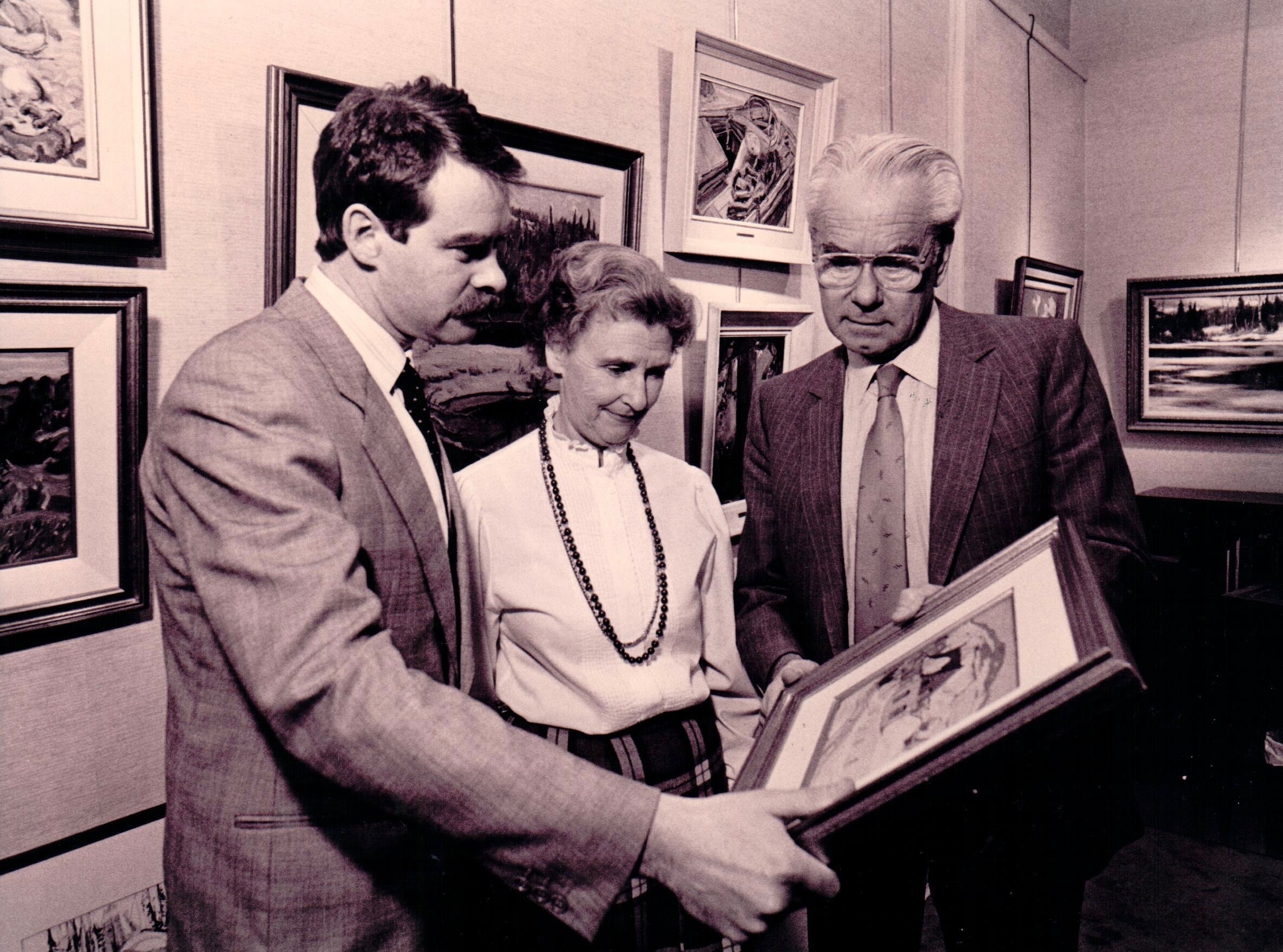Beware Vendors of Art Without Expertise
Beware of vendors who offer works of art without the current expertise and use only old labels of reputable galleries to support authenticity. NB. It appears that there is a fellow working primarily but not exclusively in the Toronto area who is affixing labels purportedly of reputable art galleries to endorse the authorship of paintings, sometimes unsigned or recently purchased, as “attributions” or in the “style of,” in minor auction sales. The labels may not be real. Some may have been real but are clearly “doctored,” with new typing to replace erased earlier typing. The problems of buying with only old labels as “proof” of authenticity are threefold.
- The consumer cannot know whether the label itself is authentic.
- Assuming that it is authentic the consumer doesn’t know if the label was originally affixed to the work being offered.
- One need hold the current vendor somehow responsible that the work is as described, not a previous generation of seller, maybe even deceased.
In the first, veteran market watchers will be familiar with unscrupulous merchants who have printed “old” labels purported to be those of reputable galleries. These days with not especially sophisticated software, printing “old” labels is increasingly easy. Beware! As an example of the second issue, we need tell you that some forty years ago, in Montreal, there was a man who purchased fine paintings from reputable galleries and in turn resold them. But he had the originals copied. To endorse the authenticity of the copies, he affixed the original labels from the reputable galleries to the frames of the copies. The authentic works stood on their own as authentic.

Alan Klinkhoff (Left) with Gertrude and Walter Klinkhoff.
This third concept is a very important one. In my opinion too many vendors and resellers of fine art are selling high value works of art and supporting the authenticity exclusively on the strength of labels of reputable galleries that apparently previously sold the work. That is to say, the seller, be it dealer or auction house is not offering any market recognized expertise beyond saying that “So and So” 70 years ago stated this to be by the master. Tell me, now, if “So and So”'s expertise of 70 years ago does not meet with that of current scholarship, who is responsible for your purchase of a work today that is no longer accepted as by the master? It can only be today’s seller who is responsible, that is unless his/her terms of sale, ones which you may not have read before buying, disavow any responsibility or liability for incorrectly ascribing authorship. The lesson in this is to buy fine art in mainstream venues, those that offer a genuine market respected expertise for what they are selling. Alternately, if you purchase from people and in places where they do not have the requisite expertise, insist that they solicit that expertise and that it accompany your purchase.
Add a comment




Add a comment